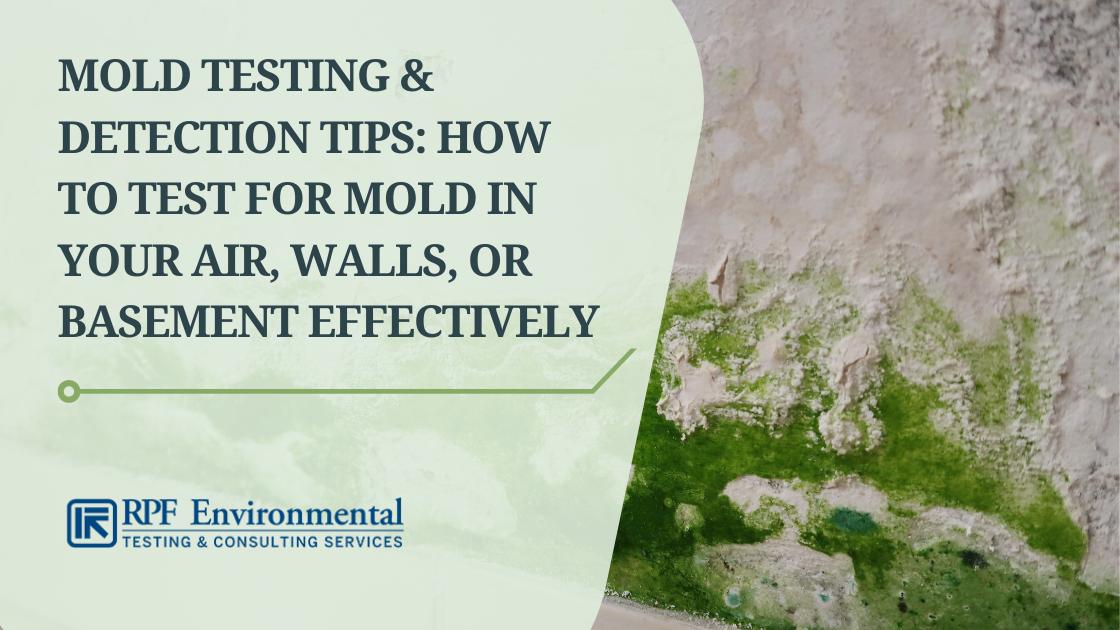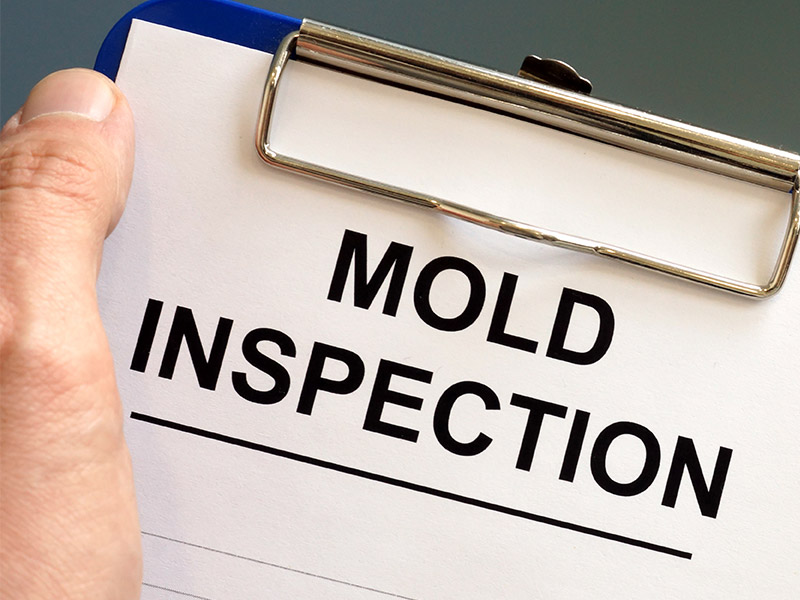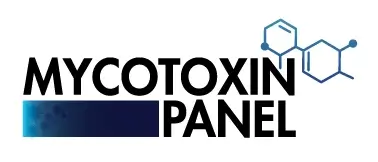Improve Your Security Procedures with Professional Mycotoxin testing Services
Improve Your Security Procedures with Professional Mycotoxin testing Services
Blog Article
The Necessity of Mycotoxin Evaluating in Agricultural Products to Guarantee Consumer Safety And Security
The requirement of mycotoxin screening in agricultural items is a vital aspect of public wellness and security that requires detailed evaluation. Mycotoxins, poisonous compounds produced by certain fungi, can infiltrate numerous crops, leading to substantial health threats for consumers, such as carcinogenic effects and body organ damages.
Understanding Mycotoxins
Mycotoxins, toxic additional metabolites generated by particular fungi, offer a significant danger to agricultural products and human health. These substances are generated by different species of mold and mildews, such as Aspergillus, Fusarium, and Penicillium, which can infect crops both pre- and post-harvest - Mycotoxin testing Services. The most common mycotoxins consist of aflatoxins, ochratoxin A, fumonisins, zearalenone, and deoxynivalenol (DON)
Mycotoxin contamination can take place under certain ecological problems, such as high moisture and temperature, which prefer the development of mold and mildew. Agricultural items like cereals, nuts, seasonings, dried out fruits, and coffee are especially susceptible. The presence of mycotoxins in these assets can bring about significant financial losses due to minimized plant returns and the requirement for extensive screening and decontamination procedures.
Comprehending the biochemical nature and formation of mycotoxins is vital for creating effective reduction strategies. Research study has actually revealed that mycotoxins show a variety of chemical frameworks and buildings, making discovery and elimination tough. Advanced analytical techniques, consisting of chromatography and mass spectrometry, are used to recognize and quantify mycotoxins in farming items, making sure that contamination levels continue to be within risk-free limitations established by regulative bodies.
Wellness Risks of Mycotoxins
Given the considerable dangers linked with mycotoxins in agricultural items, understanding their influence on wellness is critical. Mycotoxins, hazardous secondary metabolites created by fungi, position extreme dangers to both animal and human health.
Acute mycotoxin poisoning, although less typical, can cause immediate and severe health issue such as liver damage, stomach disruptions, and hemorrhaging. Ochratoxin A, an additional potent mycotoxin, is connected to kidney damages and has possible cancer causing effects. Fumonisins, primarily influencing maize, are connected with esophageal cancer and neural tube flaws.

Typical Sources of Contamination
Understanding the typical sources of contamination is critical for efficiently handling and alleviating the dangers presented by mycotoxins. Mycotoxins are toxic secondary metabolites generated by particular types of fungi, which can contaminate agricultural items at different phases of processing, storage, and manufacturing. The main sources of contamination include area problems, post-harvest handling, and storage environments.
Field problems play a substantial duty, with variables like weather condition, crop sensitivity, and soil health and wellness affecting fungal development. Plants such as corn, peanuts, wheat, and tree nuts are specifically vulnerable to mycotoxin-producing fungis like Aspergillus, Fusarium, and Penicillium species. Poor crop turning and bad parasite management can worsen the risk of contamination.
Post-harvest handling is one more critical point where contamination can take place. Mechanical damages throughout harvesting and transport develops access factors for fungi, while improper drying techniques can leave moisture degrees high enough to support fungal growth.
Storage space environments contribute significantly to contamination dangers. Poorly preserved storage centers with high moisture and temperature level levels develop suitable conditions for mycotoxin production. Normal examinations and correct storage problems are crucial in suppressing this risk.
Mycotoxin Examining Methods
Efficient management of mycotoxin contamination hinges not only on acknowledging possible sources yet additionally on carrying out durable screening methods to find these harmful compounds. Mycotoxin screening methods can be extensively categorized right into immunochemical and chromatographic methods. High-performance fluid chromatography (HPLC) and gas chromatography-mass spectrometry (GC-MS) represent innovative chromatographic approaches recognized for their high level of sensitivity and accuracy. These strategies are proficient at evaluating several mycotoxins in intricate matrices, making them vital for extensive evaluation.
On the various other hand, enzyme-linked immunosorbent assay (ELISA) and lateral flow assays are noticeable immunochemical techniques. ELISA, in specific, is widely used as a result of its cost-effectiveness, simplicity of use, and rapid turnaround time. Side flow assays supply fast, on-site testing capacities, making them appropriate for area applications where prompt choices are essential.
In addition, advancements in molecular biology have actually introduced PCR-based methods with the ability of spotting mycotoxin-producing fungis at hereditary levels, offering a predictive method to contamination risk. Integrating these varied techniques improves the reliability and comprehensiveness you could look here of mycotoxin detection, ensuring that get redirected here agricultural items fulfill safety criteria and securing consumers from possible health risks.
Advantages of Routine Checking

Regular mycotoxin screening supplies substantial benefits that substantially reinforce agricultural safety and security and high quality. Mycotoxins, toxic compounds created by certain fungis, can infect food and pose major health and wellness dangers, consisting of cancer cells and severe poisoning.
Furthermore, consistent screening aids in keeping the integrity and online reputation of farming producers. By carefully controlling and keeping an eye on mycotoxin degrees, producers can avoid pricey recalls and legal repercussions. This not just makes sure conformity with rigorous global safety and security standards but likewise fosters customer trust fund and commitment.

Final Thought
The requirement of mycotoxin testing in agricultural products is emphasized by the significant health and wellness threats presented by these toxic compounds. It enhances the credibility of producers and promotes trust fund within the agricultural supply chain, eventually guarding this website public health.
The requirement of mycotoxin screening in farming products is an important element of public health and wellness and security that requires thorough examination. Mycotoxins, hazardous compounds generated by particular fungis, can infiltrate numerous plants, leading to substantial health and wellness threats for consumers, such as carcinogenic effects and body organ damages.Mycotoxins, hazardous second metabolites generated by certain fungi, present a considerable risk to agricultural items and human wellness.Offered the substantial dangers connected with mycotoxins in farming items, comprehending their influence on health is critical (Mycotoxin testing Services).The need of mycotoxin screening in farming items is underscored by the significant health and wellness dangers presented by these harmful substances
Report this page